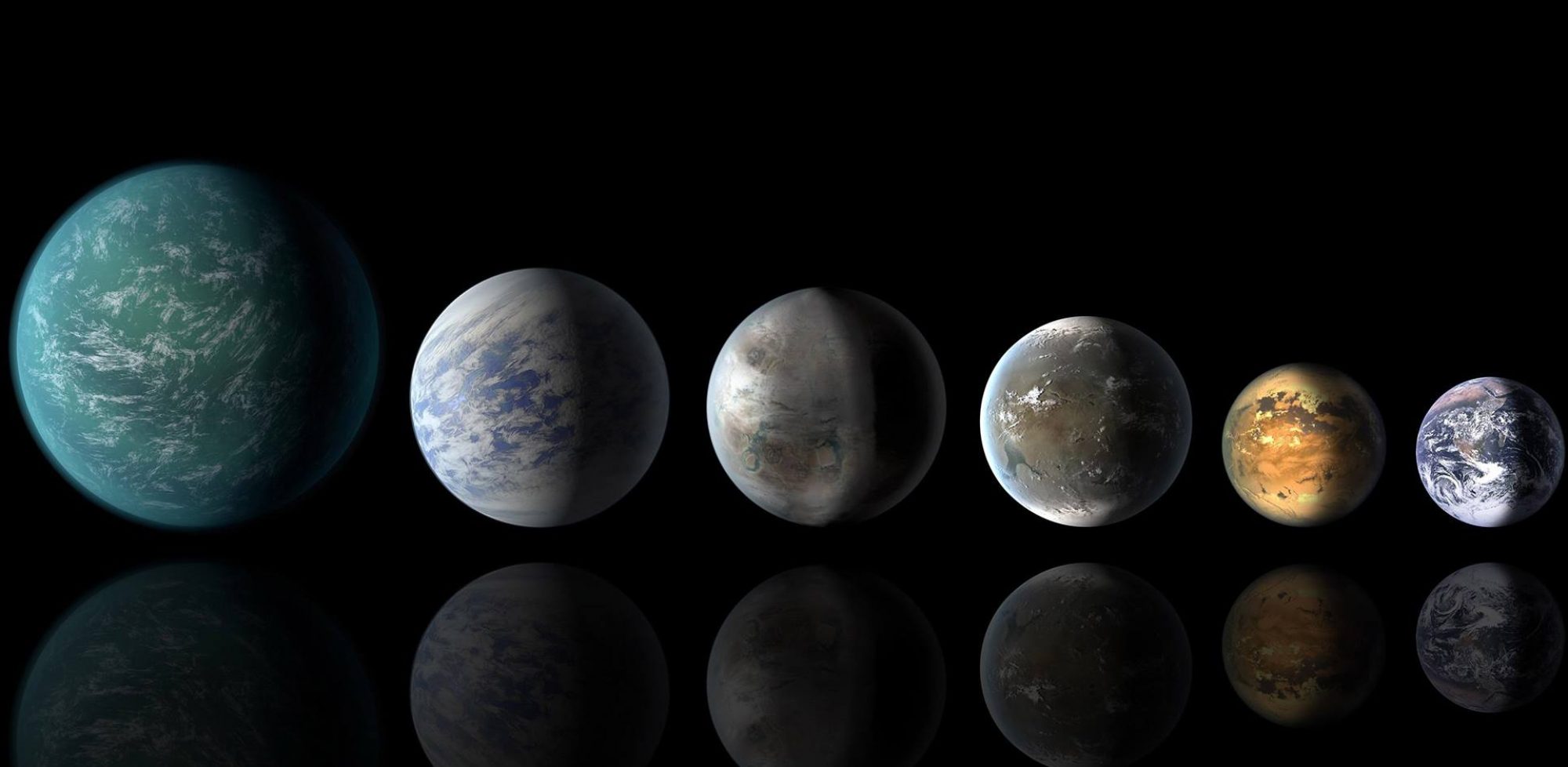
In the earliest days of our solar system — before any planets had been cobbled together — the recently formed Sun was circled by cosmic gas and dust. Over time, fragments of rock formed from the dust and many of these orbiting rocks smashed together and some became the gradually larger components of planets-to-be. Others were not part of any planet formation and became asteroids orbiting the Sun, and sometimes falling to Earth as meteorites.
Scientists have found that these asteroids (and their Earth-bound pieces) remained relatively unchanged since their formation billions of years ago.
And so they provide an archive of sorts, in which the conditions of the early solar system are preserved.
Alison Hunt, a planetary scientist at ETH Zurich in Switzerland, led a team that looked at some of that early solar system history and came up with some surprising results.
She and her team at the Swiss National Centre of Competence in Research (NCCR) PlanetS found that almost all of the asteroidal-cores-turned-meteorites they studied had been formed in a short four-million-year period starting almost eight million years the solar system first came into being. A four million-year time span is short in astronomical terms and also unusual in terms of the precision achieved for the dating.
These results, and some inferences about why this period was so chaotic in the early solar system, were reported in Nature Astronomy late last month.
But before we look at why this might have happened, let’s explore a bit about how the team achieved such precise data about when many asteroids were formed.

To access this asteroid/meteorite archive, the researchers had to prepare and examine the extraterrestrial material from iron meteorites that had fallen to Earth. Once part of the metallic cores of asteroids, samples from 18 different iron meteorites were used in the analysis.
The researchers first had to dissolve the samples to be able to isolate the elements palladium, silver and platinum — the key to their efforts.
Using a mass spectrometer they measured abundances of different and identifiable isotopes of these elements, and with their results they could put tighter constraints on the timing of events in the early solar system.
This is the narrative they now present: In the first few million years of our solar system, the metallic asteroid cores were heated by radioactive decay of these isotopes. As the asteroids began to cool down — quite quickly and dramatically – a specific silver isotope produced by radioactive decay began to accumulate. By measuring the present-day silver isotope ratios within the iron meteorites, the researchers could determine both when and how quickly the asteroid cores had cooled.
The results showed that the cooling was rapid and likely occurred due to severe collisions into other bodies, which broke off the insulating rocky mantle of the asteroids and exposed their metal cores to the cold of space. While the fast cooling had been indicated by previous studies based on silver isotope measurements, the timing had remained unclear.
“We were able to date the timing of the collisions more precisely than ever before,”, Hunt said in a release. “And to our surprise, all the asteroidal cores we examined had been exposed almost simultaneously, within a time frame of 7.8 to 11.7 million years after the formation of the solar system.”
The frequency of the asteroid collisions indicated to the team that this period must have been an unusually unsettled period for the solar system. “Everything seems to have been smashing together at that time and we wanted to know why,” she said.

The team considered different causes by combining their results with those from the latest, most sophisticated computer simulations of the solar system development. Together, these sources could narrow down the possible explanations.
Maria Schönbächler, study co-author, NCCR PlanetS member and professor of cosmochemistry at the ETH Zurich, said that the theory that best explained this energetic early phase of the solar system was that it was caused primarily by the diffusion of the system’s solar nebula.
“This solar nebula is the remainder of gas that was left over from the cosmic cloud out of which the Sun was born,” she said in a release. “For a few million years, it still orbited the young Sun until it was blown away by solar winds and radiation.”
While remains of the nebula were still present, they slowed down the objects orbiting the Sun – similar to the way air resistance slows a moving car. After the nebula had disappeared, the researchers suggest, the lack of gas drag allowed the asteroids to accelerate and collide into each other – like bumper cars running at ever higher speeds.
And those increasingly energetic collisions stripped the outer crust off many asteroids and exposed the insides to the frigidity of space
“Our work illustrates how improvements in laboratory measurement techniques allow us to infer key processes that took place in the early solar system – such as the likely time by which the solar nebula had gone,” Schönbächler said in a release. “Planets like the Earth were still in the process of being born at that time.”
“Ultimately,” she said, “this can help us to better understand how our own planets were born, but also give us insights into others outside our solar system.”
